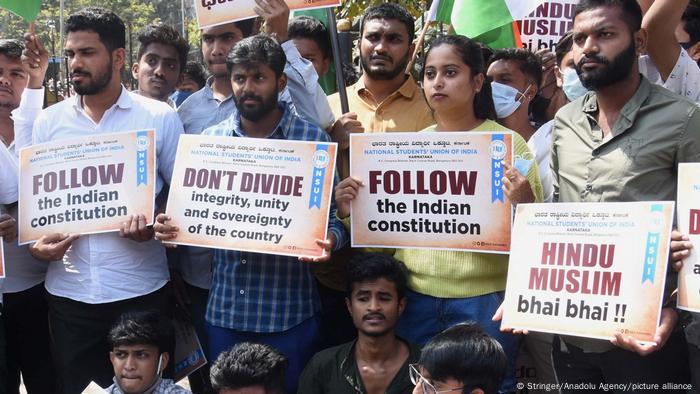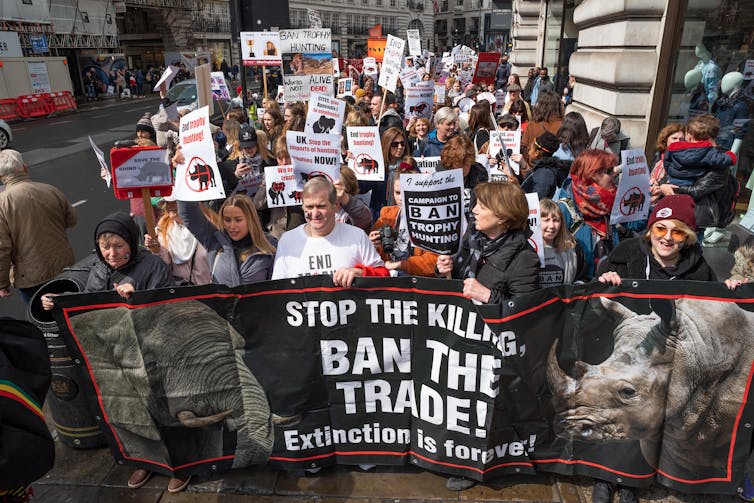
Over 18,000 ancient pottery fragments found in Egypt include lines written by 'naughty pupils'
Archaeologists have uncovered over 18,000 pieces of pottery inscribed with details of life in ancient Egypt -- including lines written as punishment by badly behaved students.
The 2,000-year-old fragments also included receipts, school texts, trade information and lists of names, according to researchers at Germany's University of Tübingen, which carried out the excavation.
The discoveries were made at the site of Athribis, an ancient settlement built around 200 kilometers north of Luxor. Marked with ink using reeds or hollowed sticks, the recovered pottery pieces, known as "ostraca," are the remains of jars or vessels that were used as writing materials.
Around four-fifths of the fragments were inscribed with Demotic, one of the three ancient scripts featured on the Rosetta Stone. Greek, Arabic and Egyptian hieroglyphics were among the other scripts found on the ostraca.
Many of the pottery pieces originated from an ancient school, according to the University of Tübingen Professor Christian Leitz, who led the excavations alongside a team from Egypt's Ministry of Tourism and Antiquities. "There are lists of months, numbers, arithmetic problems, grammar exercises and a 'bird alphabet' -- each letter was assigned a bird whose name began with that letter," Leitz said in a press release.
Hundreds of the pottery pieces also featured a single symbol repeated on both front and back, which archaeologists believe to be evidence of "naughty pupils" being made to write lines, the press release added.
Other fragments included a child's drawing of three human forms, as well as pictorial representations of gods, geometric figures and animals like scorpions and swallows.
The university said it was "very rare to find such a large volume" of ostraca. A similar quantity has only been discovered once before, near the Valley of the Kings in Luxor, researchers said.
Located near the present-day city of Sohag, on the west bank of the Nile, Athribis has been the subject of excavations for over 100 years. But more intensive research at the 30-hectare site began in 2003, when the University of Tübingen and Egypt's Ministry of Tourism and Antiquities launched the Athribis Project.
The investigation centers on a temple that was built by the pharaoh Ptolemy XII and later decorated by successive Roman emperors. The temple has since been opened to visitors, while the wider archeological site contains the remains of a necropolis, quarries and a human settlement.
Top image: An inscription detailing offerings of money, wine, castor oil, wheat and barley made to the goddess Repit.

© Athribis-Project TübingenHundreds of tablets were found with the same symbol written on both front and back, which archaeologists believe to be evidence of pupils being forced to write lines.

© Athribis-Project TübingenA child's drawing was among the 18,000 inscribed fragments found at the site.

© Marcus MüllerResearchers from the University of Tübingen and Egypt's Ministry of Tourism and Antiquities have been excavating the ancient settlement of Athribis since 2003.
















